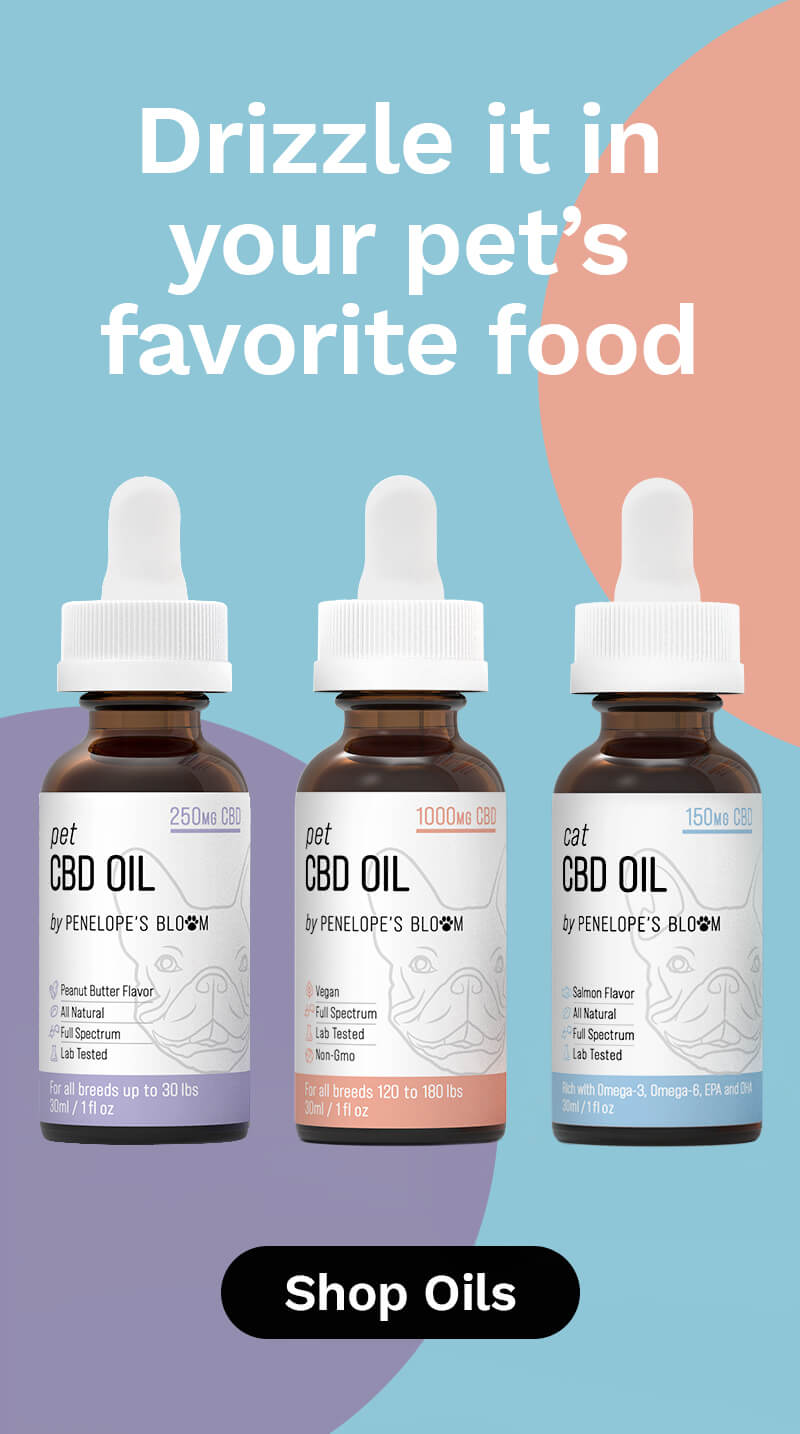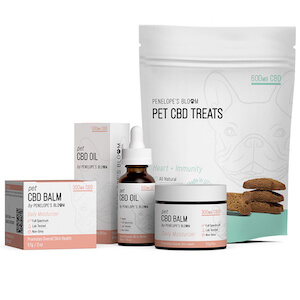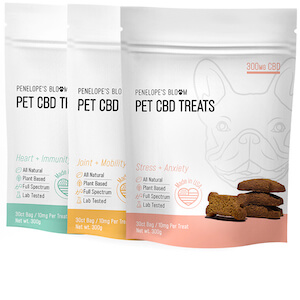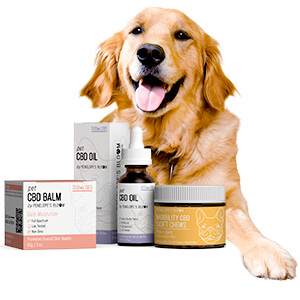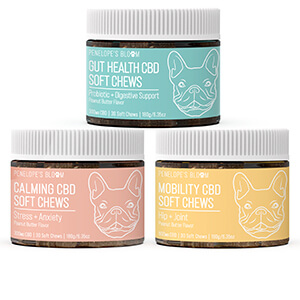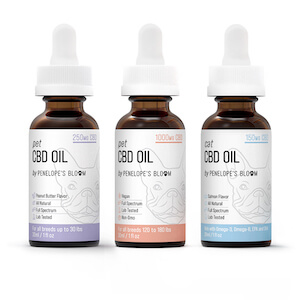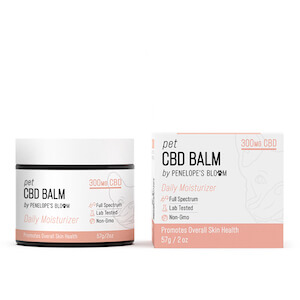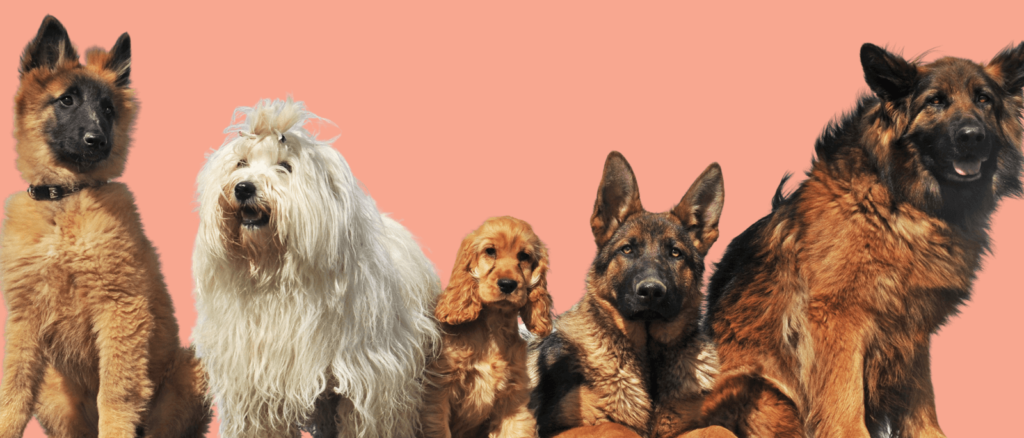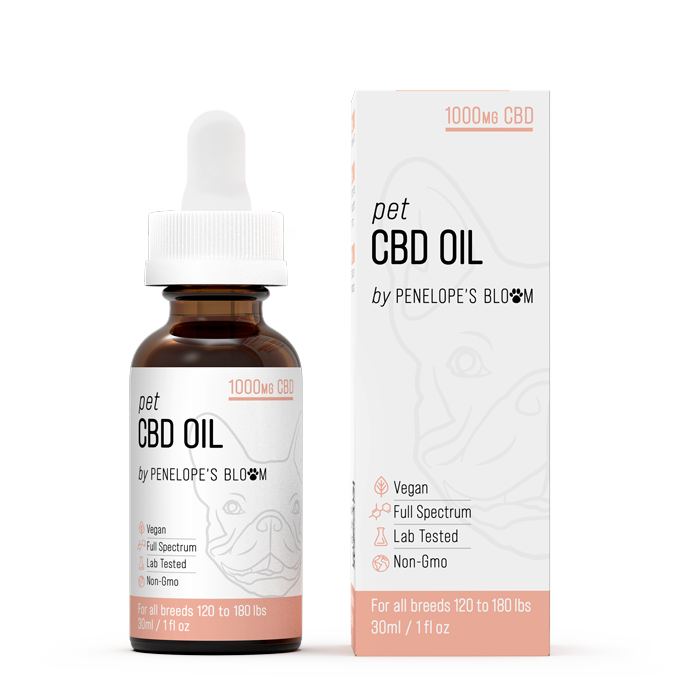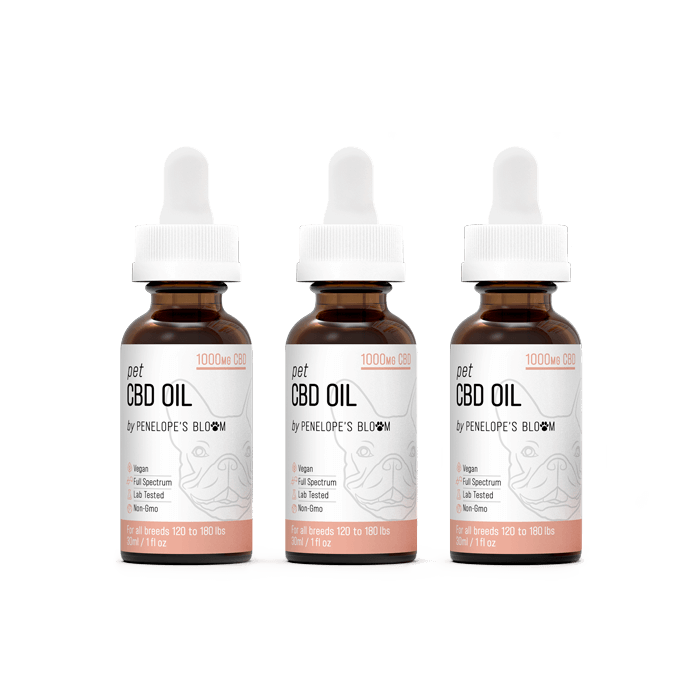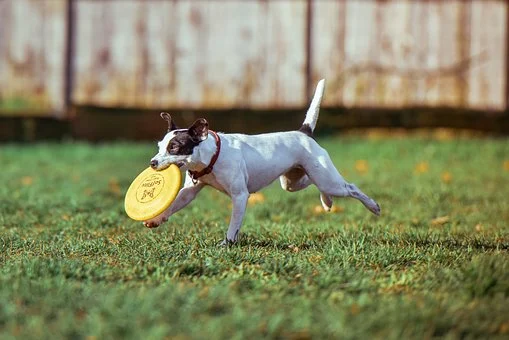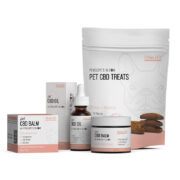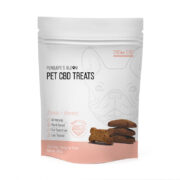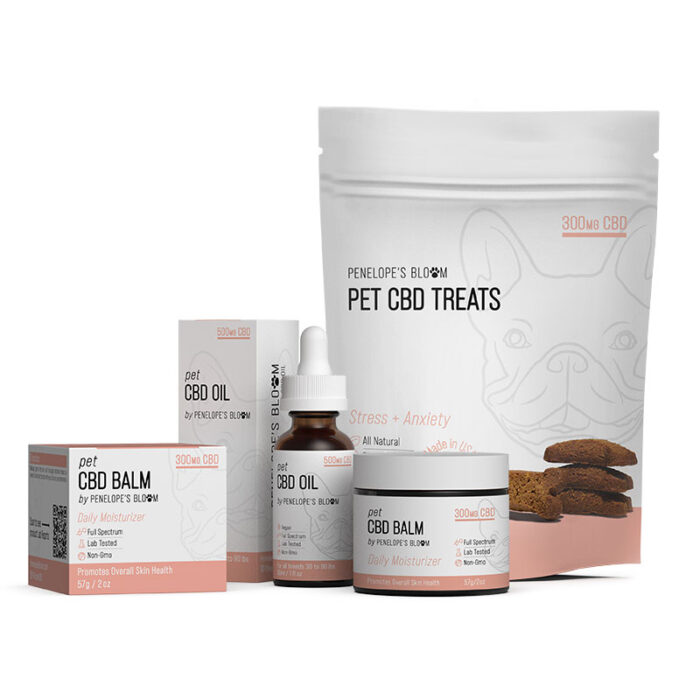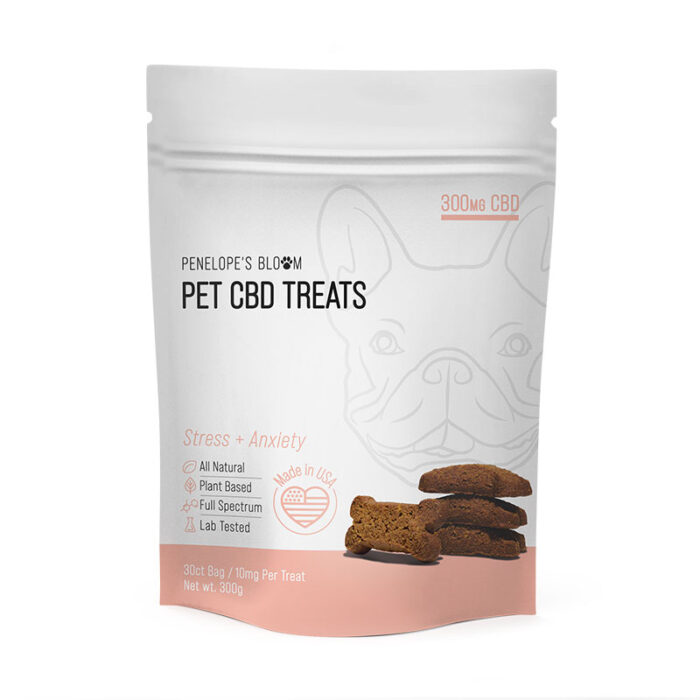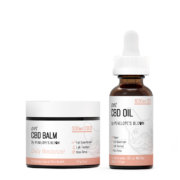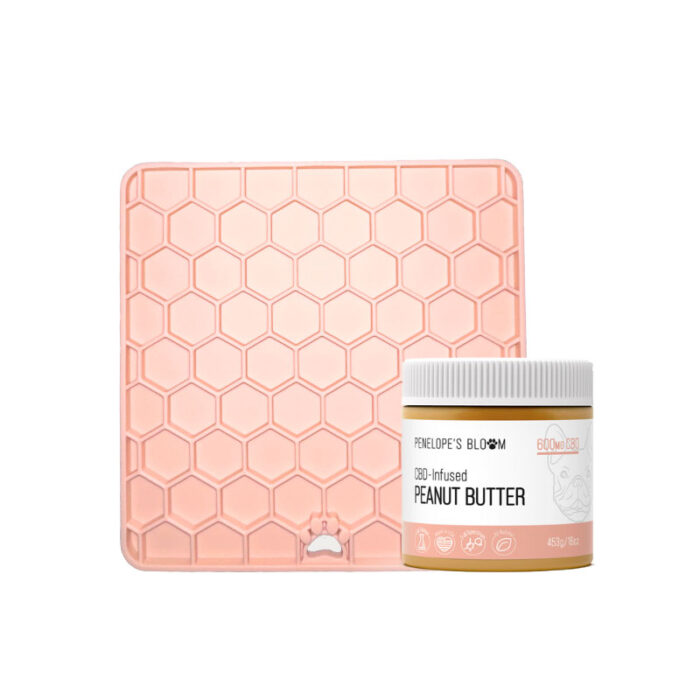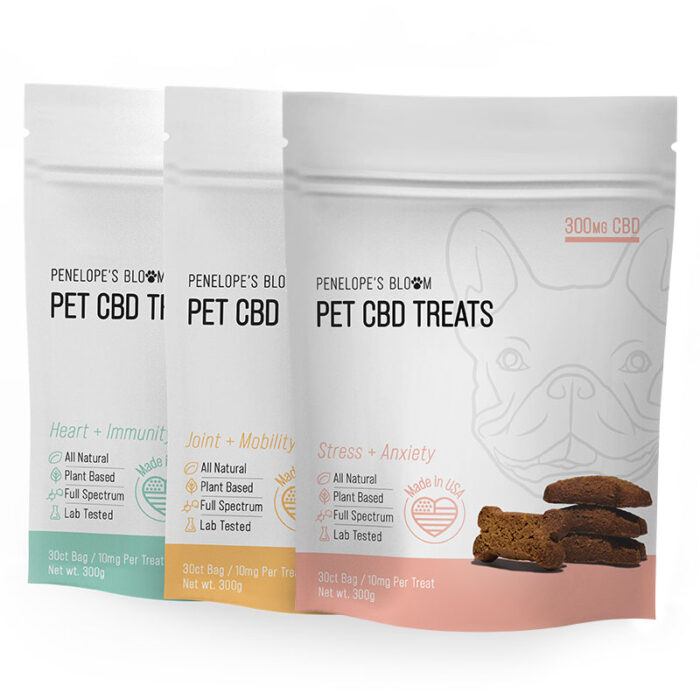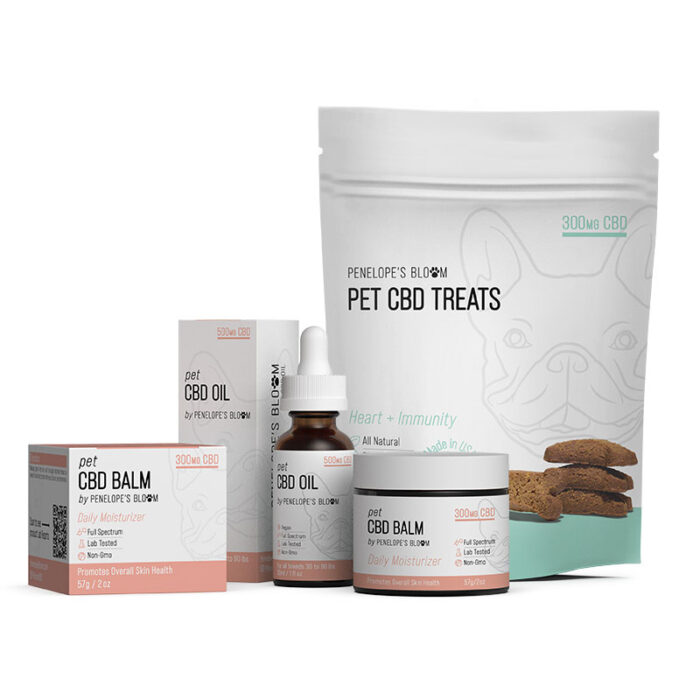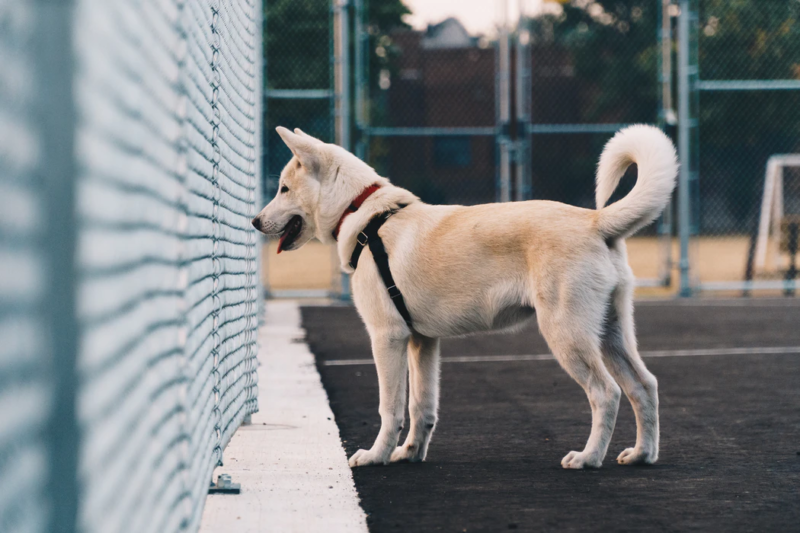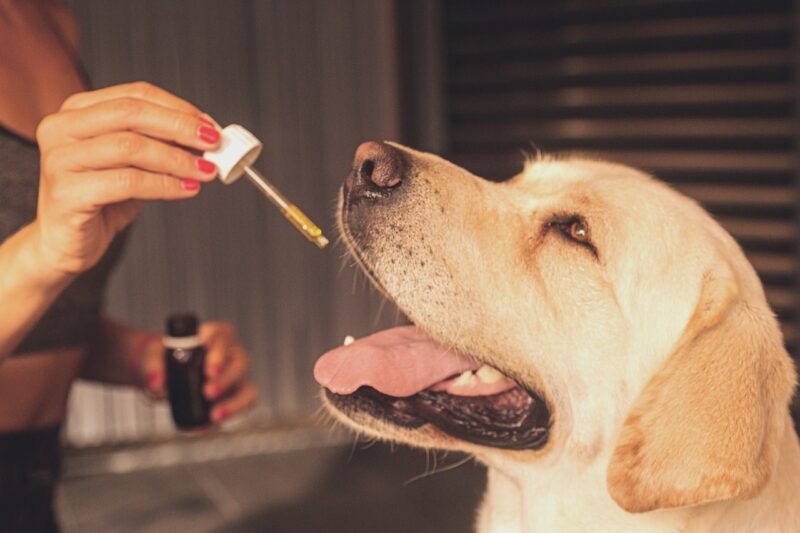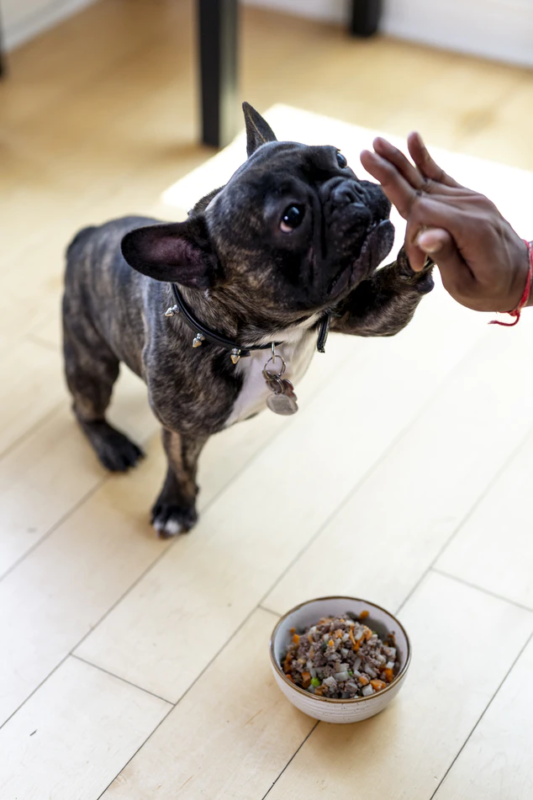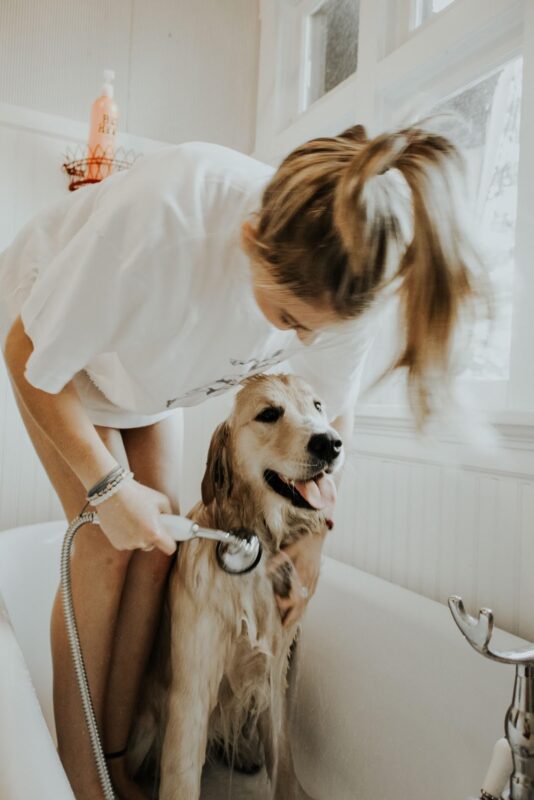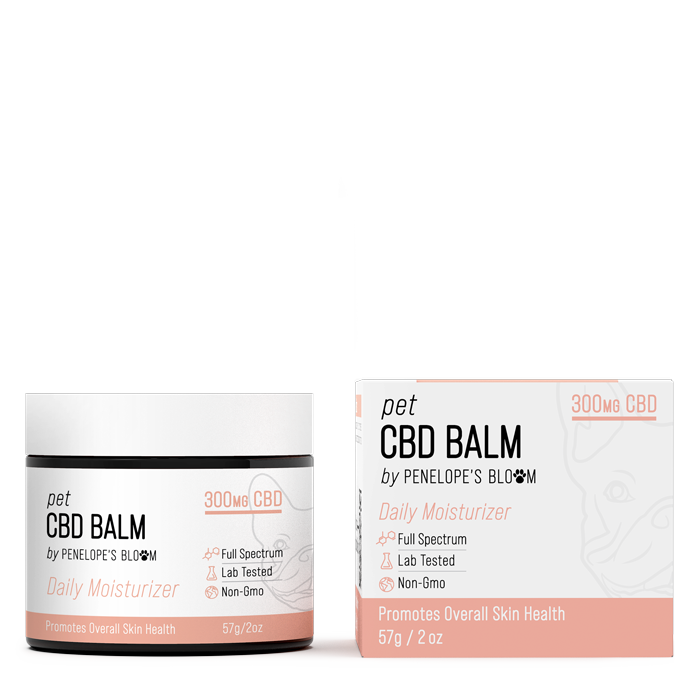There are so many articles, blogs, and news recently regarding all of the potential benefits of CBD oil for your pets. Many of the mentions are tied to everything from preventative cancer cell growth benefits, to aid in cancer recovery, to alleviating Dog Joint and Mobility issues by helping reduce inflammation, and even helping with pet stress and anxiety by releasing serotonin to the brain. Many pet owners are using CBD oil as even a part of a daily wellness regimen for preventative measures and to boost heart and overall immunity. The range of use is from prevention to more serious injuries and even more behavior modification. The possibilities are endless with CBD oil.
Many pet parents take CBD themselves and understand the many benefits for humans, so it is not surprising that pet owners are now asking the question, how can my dog or cat also benefit from CBD Oil? Is CBD Oil safe to give to my dog? Or cat? How do I choose the right CBD and company? How can I responsibly give my dog CBD? Can my dog overdose on CBD? Do not worry! We are the experts and are here to help answer all of your questions regarding CBD and choosing the right CBD products for your pets. Knowledge is power and at Penelope’s Bloom we believe in sharing all our knowledge with every single pet owner to gain an understanding about CBD. But is CBD safe for dogs? Here’s everything you need to know about giving your dog CBD.
What is CBD?
CBD is one of the active compounds from the cannabis plant. Unlike marijuana, CBD does not have psychoactive effects that lead to a “high”. Many pet parents are surprised by this, as CBD will not change your dogs or cat’s personality and demeanor. Especially for dogs that are in pain, they will regain a pep in their step and have even more energy. Customers have even said their senior dogs are acting like puppies again! CBD works by interacting with the body’s endocannabinoid system, and this is the same in all mammals. That means that your dogs and cats can use CBD just like you can- although the way you give it to them might be a little different. In fact, dogs are reported to have a higher number of cannabinoid receptors in the brain and body compared with humans, making CBD more effective.
After many reported studies around CBD oils for dogs, it turns out that CBD can be used successfully by all kinds of mammals. Based on research, dogs and cats may effectively use CBD as people can. When CBD is ingested by your pet, it binds to cannabinoid receptors in the body and interacts with the endocannabinoid system, which has links to the pet’s memory, pain sensation, digestion, immune function, and more. Since humans and pets have the same endocannabinoid system, dogs and cats can consume CBD just like humans can. But stick to pet CBD only!
Will CBD get my pet high?
A big misconception about pet CBD is that it will get your pet high – this could not be farther from the truth. CBD is non-psychoactive and does not give you any psychoactive effects.
While some customers share their pets may feel more relaxed and stress-free after using CBD, it does not give you any kind of high.
How can you responsibly administer CBD to your dogs?
The best way to start is by making sure that you give your pet CBD products that are actually designed with dogs in mind. The dosage along with the ingredients of human CBD was not designed for your pets. All Penelope’s Bloom products are exclusively for your pets. Many human CBD companies also provide pet CBD. These companies do not have a pet focused mission and just have pet CBD as add ons. At Penelope’s Bloom our mission is to provide your pets with the highest quality and clean CBD products. Our number one priority is to ensure the happiness, health and wellbeing of your pets. Everything we do, everything we think of, and everything we create is focused around making the lives of your pets better with quality CBD products.
How does CBD work for Dogs?
These are the type of success stories (Does CBD Work for Dogs? – American Kennel Club (akc.org) that we hear daily from our customers. Overcoming anxiety, decrease in seizures, appetite gain, strength gained in back legs and more. Many pet parents turn from skeptics to believers after utilizing Penelope’s Bloom Pet CBD products on a regular basis. Some results take days, while others may take weeks. It is extremely important to use CBD with consistency. This is key. Think of it as a multivitamin. You need to ingest regularly and consistently to see the results.
Conclusion
Is CBD safe for dogs? In a word, yes. CBD will not make your pets high, nor will it give them any harmful side effects like some prescribed medications will. Whether your pets need CBD for Arthritis, Joint pain, Skin conditions , Anxiety, Stress, Behavior modification, or you are just looking to take preventative measures look no further than our wide range of products. Choose from Best CBD Oil Droppers, CBD Dog Chews, CBD Topicals, and even CBD infused Peanut Butter!
